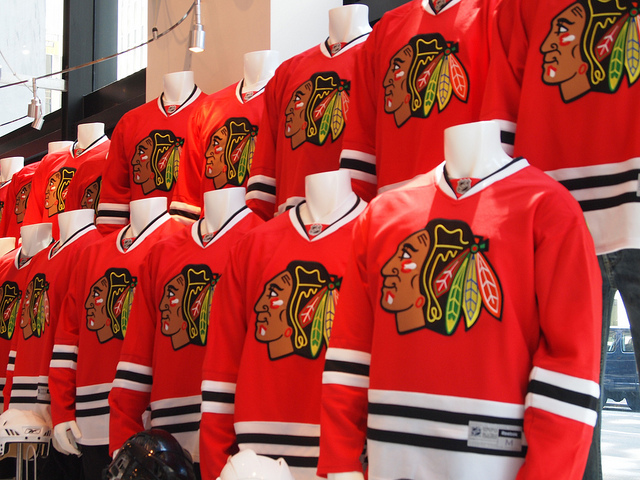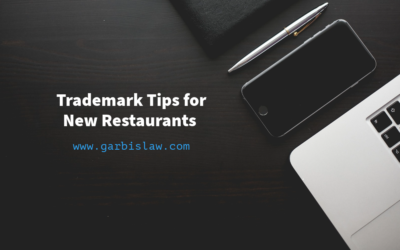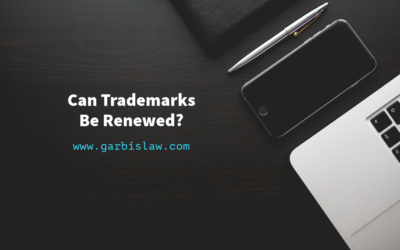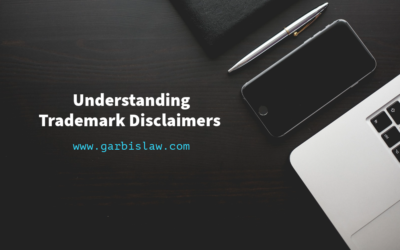Both the NHL and NBA wrapped up their seasons last week with an exciting finish that saw the Chicago Blackhawks turn into a modern day dynasty, and LeBron James lose to bring his NBA Finals record to 2-4 (Can you tell I’m a Chicago fan?).
Regardless of who won or who you were rooting for, one thing remains certain…there was a lot of money made from merchandise sales from these events. Unfortunately, it was also an opportunity for a lot of people to make money who weren’t actually authorized to sell this merchandise.
Why weren’t they authorized you ask? Great question with a simple answer! The unauthorized use of one’s trademark is illegal. A trademark is a word, phrase, symbol, and/or design that identifies and distinguishes the source of the goods of one party from those of others.
In Chicago, Homeland Security seized $180,000 worth of fake merchandise during the Stanley Cup Final which included a total of 4,376 items ranging from counterfeit sweaters and t-shirts to caps and other merchandise.
Over in San Francisco, Homeland Security agents seized over 3,000 Golden State Warriors knockoffs which included hats and t-shirts.
Why is Homeland Security Involved?
The U.S. Customs and Border Protection (CBP), which is a department of Homeland Security, maintains a trademark recordation system to assist in its efforts to prevent the importation of counterfeit goods. One of the most overlooked benefits of securing a registered trademark is this ability to record the trademark with the CBP. According the International Trademark Association (INTA), in 2013 the CBP conducted more than 24,000 seizures of goods that violated intellectual property rights, with a total retail value of $1.7 billion. The CBP has the authority to detain, seize, examine and forfeit or destroy infringing goods, and it can make infringement determinations, subject to appellate review by U.S. federal courts.
Photo Credit: Flickr





